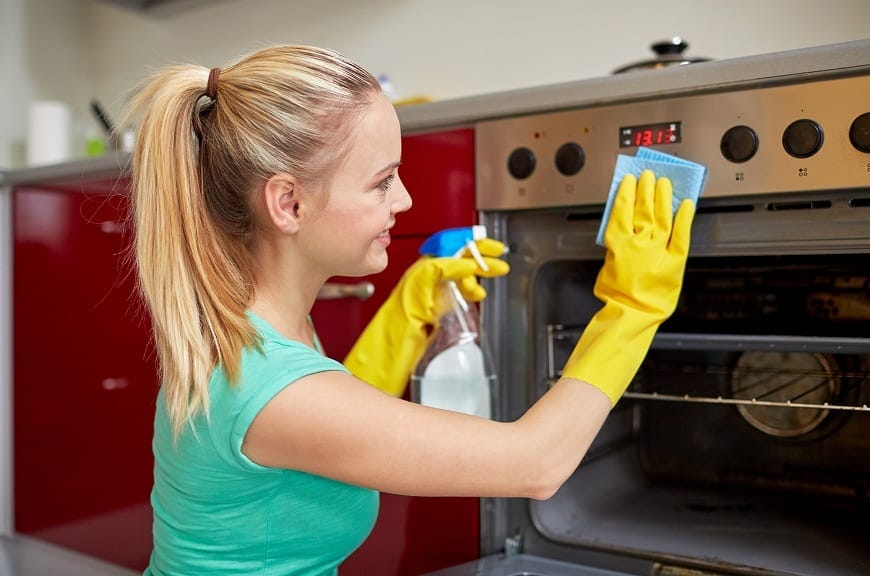Deep cleaning is a little different to your ordinary spring clean. We show you how to ensure your home is healthy so you can be too!
If the onset of cooler weather has you prepping for a winter of hibernation, don’t forget to get your home ready too. You’ll be spending more time indoors, so learn what you need to do to get your nest flu-proof and keep that way if someone gets sick.
Start by Removing Dirt and Dust
Disinfecting your home may be the first thing that comes to mind – but what you should start with is removing dirt and dust. Household dust is comprised of skin cells, dander, fabric fibres, food debris and chemicals – all of which are strong human allergens. You can’t catch a cold or flu from allergens, but they can aggravate uncomfortable symptoms such as congestion, puffy eyes and a runny nose that come with the flu.
Dirt and dust can also act as a barrier to disinfectants. If you disinfect a surface that is covered in dust, the dust will soak up much of the product rather than coating and working on the hard surface that you are trying to disinfect.
Get the Right Supplies
Deep cleaning is a little different to your ordinary spring clean. When you are cleaning to prevent the spread of viruses, you will need to add disinfectants to your supplies. To properly disinfect, a bleach-based solution or alcohol-based solution with at least 70% alcohol should be used.
Start first by cleaning with your regular (detergent) based products to clean the surface, then follow with your disinfectant as per the product instructions. This is important as often disinfectants need to be left untouched for a certain amount of time to allow to work properly.
What to Deep Clean and When
If your household is healthy, stick to your regular cleaning regime with the following additions.
When you clean the kitchen
These tasks should be added to the regular clean of your kitchen.
- Disinfect handles: this includes cupboard, drawer, fridge and freezer handles.
- Disinfect frequently-used small appliances: this includes the kettle, toaster and microwave. Make sure to disinfect handles as well as switches and touchpads.
- Wash and disinfect taps.
- Swap out sponges, hand towels and tea towels more frequently.
- Disinfect your rubbish bin.
When you straighten out your coffee table
Do the following every second day or more if you have a very busy household.
- Disinfect doorknobs and stair handrails.
- Disinfect remote controls and gaming controllers.
- Disinfect phones, computer keyboards and tablets.
- Wash and wipe bathroom faucets.
When you clean your floors
Do the following every week or more if you have a very busy household.
- Swap out hand towels in bathrooms.
- Wash pillowcases.
- Disinfect light switches.
- Wipe down your home office.
How to Clean When Someone is Sick
If someone in your household is sick, be diligent with the steps above and take the following extra precautions to stop the spread of germs.
- Ideally, the person that is sick should stay out of the kitchen and use a separate bathroom. If this isn’t possible, leave an extra set of hand towels in the bathroom and kitchen for them to use and wash these often.
- If they leave their room, disinfect doorknobs that they have touched around the house.
- Wash bedding while they are sick and again after they are better. Also, be sure to wash their clothes and soft toys and do so in a separate load.
- If possible, leave a small tub of hot soapy water by the kitchen sink to place their dirty dishes into immediately after use. This way you eliminate the risk of touching their used utensils.
- Empty their used-tissue bin it into the wheelie bin often.

